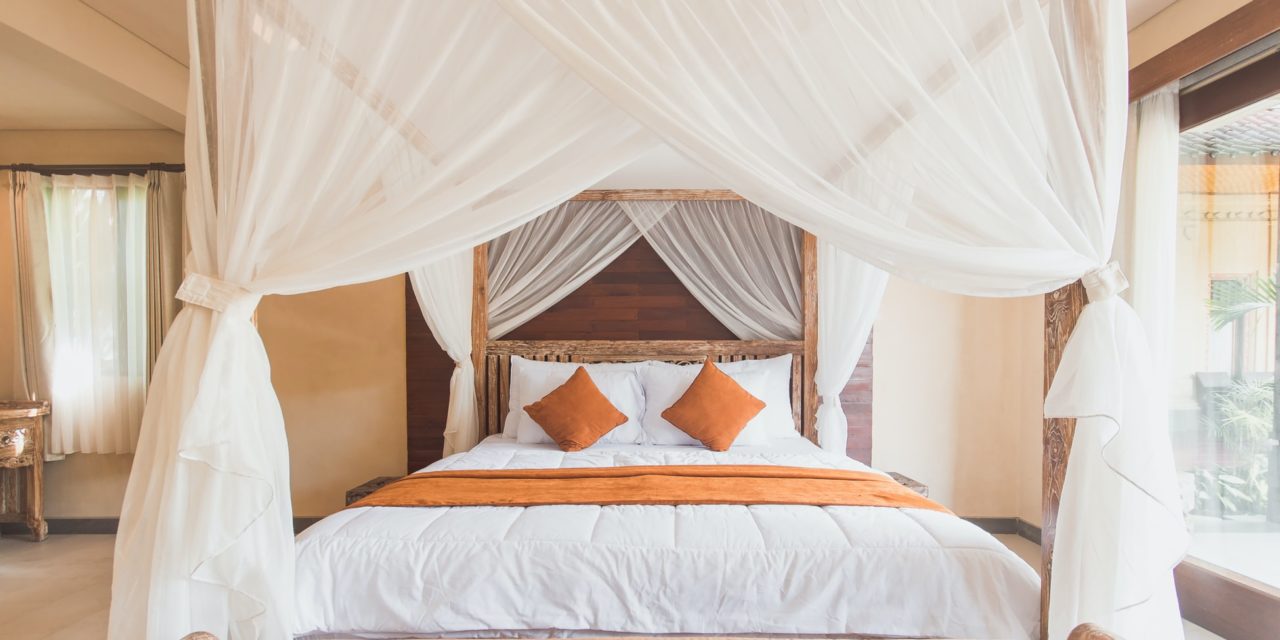[ad_1]
Upon recommendation or simple discovery you go out and select a specimen of Cedrus Atlantica to add to your bonsai collection. You locate a species with one good size lower branch for the number one branch. Your first step is to begin shaping it. You give the trunk a few sharp curves with strong wire and wire the number one branch in a pleasing curve downward. Next you cut off all the tuft to encourage a second branch development. You decide the back will be a good place. If size is permitting, you remove another tuft to grow into the third branch on the side opposite the first branch. And your Cedrus Atlantica bonsai begins.
The tufts left in the trunk should be at the outer most curves of the trunk, faced in a different directions and come at different heights on the trunk. Next you cut the top off at the final height you want your Atlantic cedar bonsai to be. Tufts may be left on the upper trunk in positions to form auxiliary branches later. The terminal bud should come forward and face the front.
Although you are starting this Cedrus bonsai specimen from a cutting in the spring, be aware hardwood cuttings in autumn also work well for propagation of the species. It is also possible to propagate these cedar species from seed sown in spring and grafting in late summer. Grafting is the usual method for Cyprus cedar and glauca (blue cedar) bonsai.
You now have a good start on the future informal upright bonsai. You should plant it in the ground or a large training pot. Water it carefully, keeping the soil moist. Place it in full sun and fertilize it every two weeks throughout the growing season. Do not include nitrogen fertilizer in August but begin a 0-10-0 mixture once monthly through November.
The roots must not freeze nor dry out in the winder so give ample protections. Mulched in the ground or in a cool place that does not freeze are good practices. Repot your Atlantic cedar bonsai in the spring with little root pruning. After it is well developed, repotting every three to five years in spring, in a free-draining soil mix will be necessary. Some cedars are sensitive to root disturbance and may shed the previous season's needles at repotting, but new buds will soon burst forth. If you discover your bonsai to possess this sensitivity, extra humidity at this time can help avoid this situation.
The soil should be light and friable, at least 40% sharp sand or decomposed granite, because good drainage is essential as cedars develop roots very easily. They are also violently susceptible to infestation of red spiders. A gray appearance to the foliage and the presence of fine telltale webs in the forks of the branches usually mean red spider mites inhabit our bonsai. Red mites multiply fast under dry conditions so the dry winterizing environment where the bonsai tree is protected in a closed covered place and watered on the soil but not the foliage is idea. A good winter maintenance practice is to take your Atlantic cedar out once or twice monthly in the winter and hose it off with a good strong jet of water and give it a good spray with a diluted insecticide.
Pinch back new shoots in the spring and during successive flushes of growth, but do no cut the needles as this will cause browning of the needle tips. Since watering always appear to be a problem for bonsai owners, remember cedars dislike wet soil. This has been my practice for successfully growing healthy happy Cedrus Atlantica bonsai for over twenty-five years. Naturally your results will vary based on what part of the country you are located in, but this is a good starting point.


